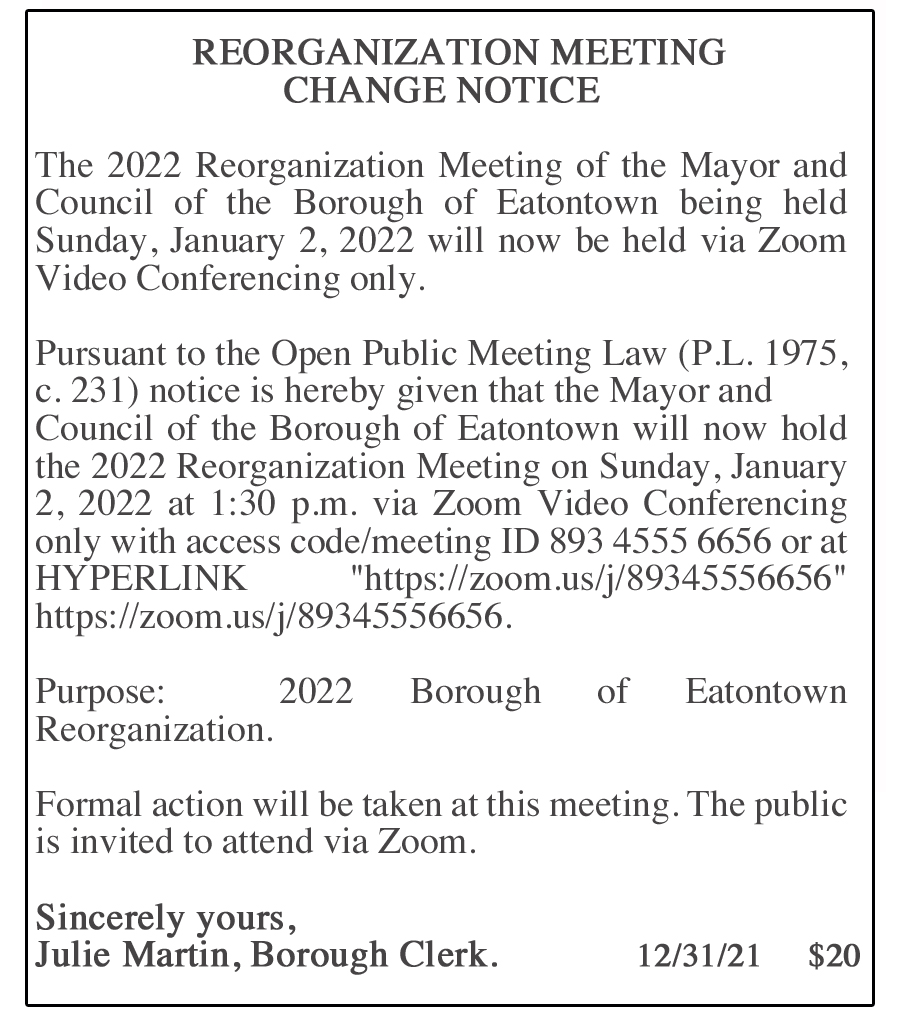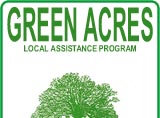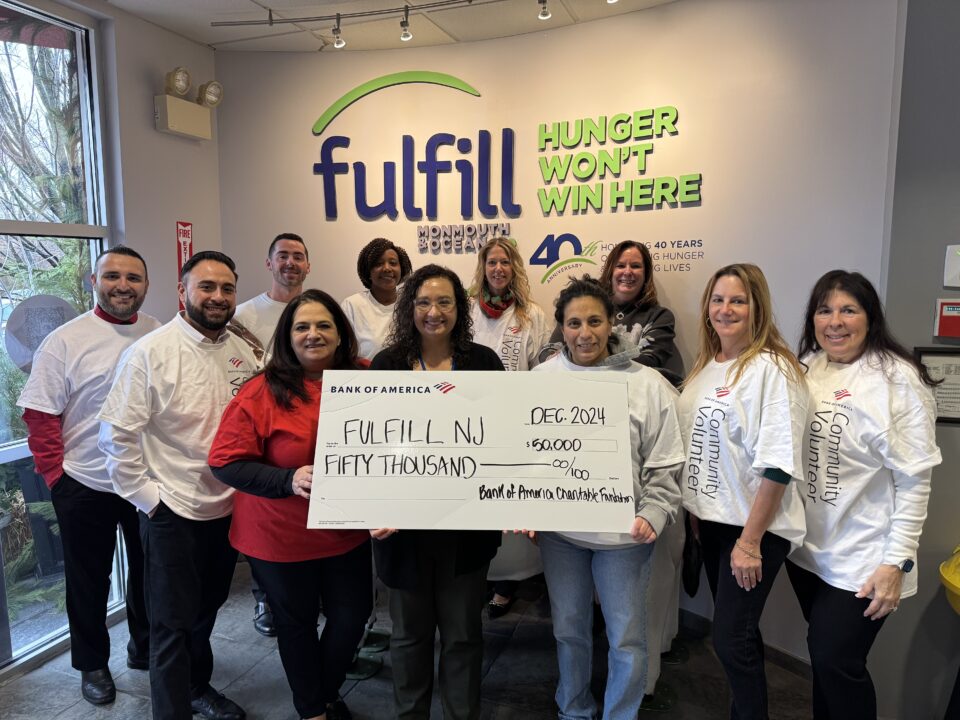
Alan H. Sherman, 85, of West Long Branch
December 29, 2021
Eatontown Reorg meeting 1/2/22
December 31, 2021 The State We’re In by Michele S. Byers, Executive Director, New Jersey Conservation
The State We’re In by Michele S. Byers, Executive Director, New Jersey Conservation
Foundation.Depending on your age you may think of the 1960’s silly comedy “Green Acres” when you see Green Acres signs around this state we’re in and don’t know about one of New Jersey’ best kept secrets!
Fortunately for New Jersey’s people and wildlife, the state Green Acres Program – which turned 60 this year – has steadily and quietly preserved over 700,000 acres of land and helped build hundreds of parks throughout the nation’s most densely populated state.
“We’re in it for the people,” says Martha Sullivan Sapp, head of the Green Acres Program. “We’re trying to make New Jersey a better place to live and work and play.” Green Acres is believed to be the nation’s longest continuously-run state land preservation program.
The program is run by an incredible bunch of effective and dedicated public servants. In fact, in my almost 40 years of working in land preservation, I have come to view the Green Acres Program staff as both essential partners and good friends. When people criticize the government they obviously don’t know the state Green Acres Program! The Program works with counties, municipalities, nonprofit organizations, and landowners all over the state. The result is a wonderful assemblage of parks, playgrounds, natural areas, trails and preserves. When combined with the farms preserved under the state Farmland Preservation Program, the two programs have collectively preserved 30% of New Jersey’s land base.
The impetus for Green Acres came as early as 1941, when the State Planning Board called for preserving more land for recreation, including ocean beaches, mountain ridge tops, river corridors and the ecologically sensitive Pine Barrens. The U.S. entry into World War II may have slowed the momentum temporarily, but it picked up again with the post-WWII baby boom.
In 1951, the state purchased lands that were to become Island Beach State Park and Wharton State Forest. Later that decade, voters approved funding to acquire land to construct the Spruce Run and Round Valley reservoirs in Hunterdon County, which perform double-duty as water supply and recreational facilities.
As the prosperous, development-driven 1950s came to a close, it was clear that a lot more preserved land would be needed for New Jersey’s growing population. A 1960 Regional Plan Association report, The Race for Open Space, documented that New Jersey wasn’t prepared for a population projected to double or triple in the coming 25 years.
 In a January 1961 address to the state Legislature, Governor Robert Meyner outlined his idea for a 10-year, $60 million acquisition program to double the amount of state recreational and conservation lands. In June, he signed the first Green Acres Bond Act, which was enthusiastically passed by New Jersey voters by a 3-2 margin in November of the same year.
In a January 1961 address to the state Legislature, Governor Robert Meyner outlined his idea for a 10-year, $60 million acquisition program to double the amount of state recreational and conservation lands. In June, he signed the first Green Acres Bond Act, which was enthusiastically passed by New Jersey voters by a 3-2 margin in November of the same year.
As we now know, Green Acres didn’t end in 10 years. As New Jersey’s population continued to grow, open space and farmland were disappearing at an alarming rate to make way for suburban sprawl development.
In response, more Green Acres bonds were proposed. All told, voters gave a big “YES” to funding Green Acres 12 times since the first bond issue passed in 1961.
In 1987, the program expanded to include historical and cultural sites. In 1989, another change added funding for farms through the state Farmland Preservation Program. That same year, nonprofit organizations like New Jersey Conservation Foundation gained access to Green Acres grants for the first time.
In 1995, Green Acres widened its focus once again to encompass “Blue Acres,” to purchase flood-prone properties and restore them to open space and parkland. Blue Acres became especially important after the widespread flooding and destruction from Superstorm Sandy in 2012.
History was made again in 2014, when voters overwhelmingly passed a ballot question establishing a permanent, stable source of land preservation funding. A portion of the state’s corporate business tax revenue now goes to Green Acres.
What will the future hold for the Green Acres Program?
 Martha said an increased emphasis is being placed on ensuring that New Jersey’s cities and developed suburbs have enough parks and open space. “We want the land to be reachable in their neighborhoods – ideally, no more than a 10-minute walk,” she said. “We have to put more money where people are.”
Martha said an increased emphasis is being placed on ensuring that New Jersey’s cities and developed suburbs have enough parks and open space. “We want the land to be reachable in their neighborhoods – ideally, no more than a 10-minute walk,” she said. “We have to put more money where people are.”
The need is especially acute in “overburdened communities” – those with a high percentage of low-income, minority or non-English speaking residents. These communities tend to bear a disproportionate share of environmental contamination or pollution-causing industries.
Next year, Green Acres will launch an update of its Statewide Comprehensive Outdoor Recreation Plan. The process will begin with polling and trend analysis to find out what New Jerseyans need and want.
“The future is exciting – we have a lot of ideas,” Sapp said. “We’re not afraid of change, and we want to hear from the public. We have 60 years under our belts and we’re not done yet!”
To learn more about the Green Acres Program’s history and accomplishments, go to https://experience.arcgis.com/experience/56c639dc33fc41ee98b750a3629fd52c?utm_medium=email&utm_source=govdelivery. The site includes a mapping tool that lets you search for Green Acres properties in any municipality or county in the state.
And to learn more about preserving New Jersey’s land and natural resources, visit the New Jersey Conservation Foundation website at www.njconservation.org or contact me at info@njconservation.org.





